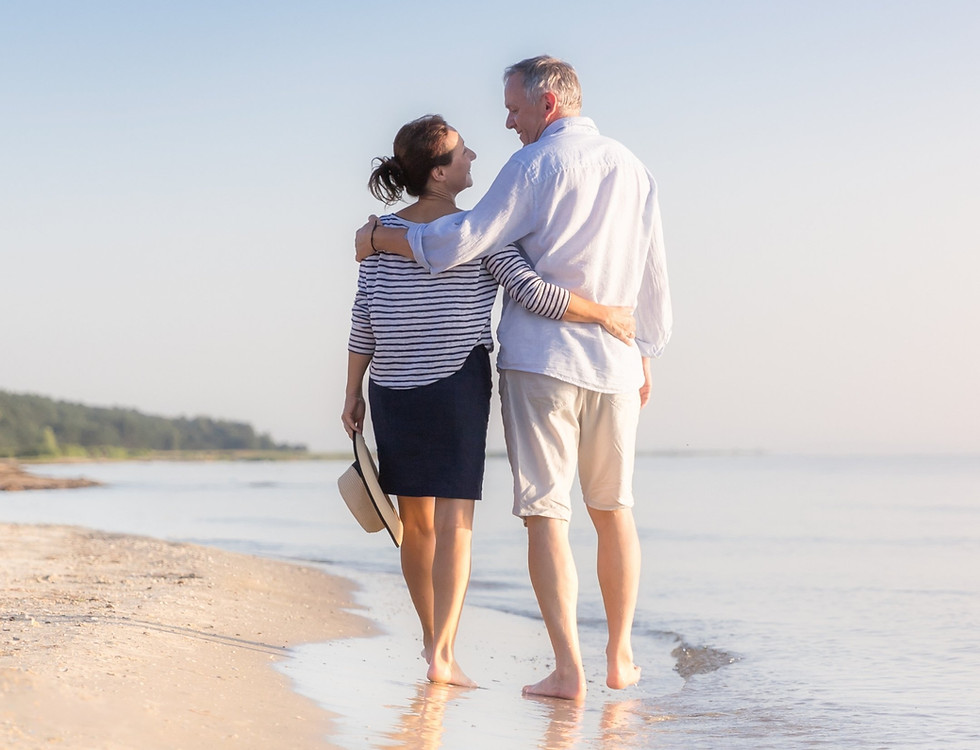Understanding Vulvar Varicosities During Pregnancy
- Jeffrey H. Miller, M.D.

- Jul 25
- 3 min read
Updated: Aug 12
Pregnancy is a beautiful journey, but we know it comes with challenges. One you may not have heard of? Vulvar varicosities or VVs.
These are essentially varicose veins that occur in the vulva, the external part of the female genitalia. While varicose veins are commonly associated with legs, they can also appear in other areas, including the vulva, especially during pregnancy.
Here's what they are, how they impact your health and the birthing process, and how you can manage them.

What Causes Vulvar Varicose Veins in Pregnancy?
According to a recent journal article (referenced below), vulvar varicosities—enlarged veins in the external genitalia—develop primarily due to hormonal, mechanical, and hemodynamic changes in pregnancy:
Increased Estrogen and Progesterone
These hormones relax vascular smooth muscle, leading to venous dilation and valve incompetence.
Mechanical Compression
The growing uterus compresses the inferior vena cava and pelvic veins, leading to venous stasis and increased pelvic venous pressure.
Pelvic Venous Congestion Syndrome (PVCS)
May coexist or predispose to vulvar varicosities. Reflux in the ovarian veins or internal iliac branches contributes to venous pooling in the vulvar region.
Multiparity
Repeated pregnancies increase risk due to cumulative damage to venous valves and elasticity.
Obstruction or Insufficiency of Pelvic Veins
Anatomic or functional insufficiency in the some of the pelvice veins can cause varices in the vulvar region.
Are VVs Dangerous When Giving Birth?
One research paper discusses a case of a pregnant woman who developed enormous vulvar varicosities. Despite the severity of her condition, she had an uneventful vaginal delivery.
This case highlights that while VVs can be alarming, they do not necessarily lead to complications during childbirth.
Are you dealing with vulvar varicosities?
If so, it's time to see a vein specialist.
Managing Vulvar Varicosities
Most cases resolve spontaneously postpartum, so management during pregnancy is typically conservative:
Compression Therapy
Use of vulvar or pelvic support garments (e.g., V2 supporter) to reduce venous pooling.
Physical Measures
Avoid prolonged standing or sitting.
Elevate hips when lying down.
Left lateral decubitus position to relieve IVC compression.
Pain Management
Analgesics as needed (that are safe for pregnancy).
Cool compresses or supportive underwear.
When to Seek Medical Advice
It's important to seek medical advice if you experience severe pain, significant swelling, or any other concerning symptoms.
Your healthcare provider can offer guidance and support to help manage the condition.
Conclusion
Vulvar varicosities can be an uncomfortable part of pregnancy, but with the right management and support, most women can have a healthy and uneventful delivery.
If you or someone you know is experiencing VVs, remember that you are not alone, and there are ways to manage the condition effectively.
Want a vein expert's opinion? Schedule with Miller Vein today!
Reference
Giannella, L., Montanari, M., Delli Carpini, G., Di Giuseppe, J., & Ciavattini, A. (2022). Huge vulvar varicosities in pregnancy: Case report and systematic review. Journal of International Medical Research, 50(5).
Stop Letting Your Legs Hold You Back
If you have restlessness, heaviness, aching, swelling, throbbing, or itchiness in your legs—or you notice varicose veins or spider veins—it's time to see a vein specialist.
Explore More of the Miller Vein Blog
Explore expert insights on vein health, treatment options, and wellness tips. Stay informed, and take the next step toward happier, healthier legs!
Prefer Learning on YouTube?
Enjoy easily digestible video content that expands your understanding of vein conditions and their treatments.

